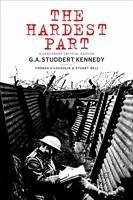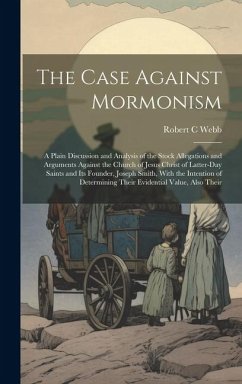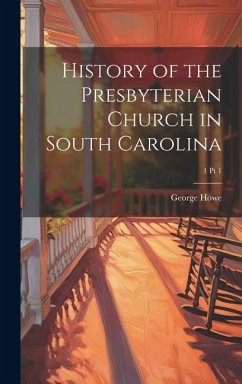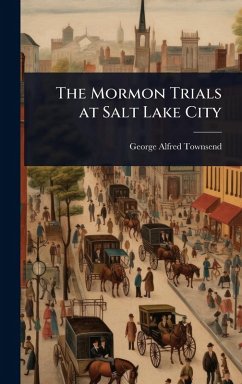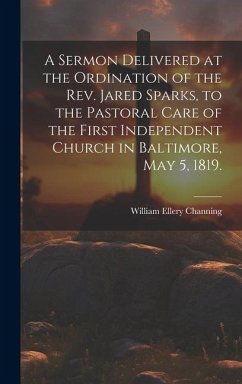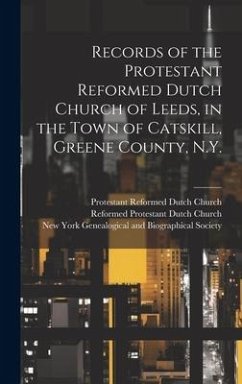
The Church of England in Colonial New Hampshire
Versandkostenfrei!
Versandfertig in über 4 Wochen
25,99 €
inkl. MwSt.
Weitere Ausgaben:

PAYBACK Punkte
13 °P sammeln!
"The Church of England in Colonial New Hampshire" explores the establishment and development of the Anglican Church in New Hampshire during the colonial era. Penned by Edgar Legare Pennington, this historical account delves into the challenges and triumphs faced by the Church of England as it sought to establish a foothold in a region often dominated by other religious denominations. The book examines the clergy, congregations, and the influence of the church on the social and political landscape of colonial New Hampshire. It is a valuable resource for historians and those interested in the re...
"The Church of England in Colonial New Hampshire" explores the establishment and development of the Anglican Church in New Hampshire during the colonial era. Penned by Edgar Legare Pennington, this historical account delves into the challenges and triumphs faced by the Church of England as it sought to establish a foothold in a region often dominated by other religious denominations. The book examines the clergy, congregations, and the influence of the church on the social and political landscape of colonial New Hampshire. It is a valuable resource for historians and those interested in the religious history of early America. Pennington provides insights into the lives and legacies of those who shaped the religious fabric of the region, offering a detailed perspective on the role of the Church of England in the formative years of New Hampshire. This work has been selected by scholars as being culturally important, and is part of the knowledge base of civilization as we know it. This work was reproduced from the original artifact, and remains as true to the original work as possible. Therefore, you will see the original copyright references, library stamps (as most of these works have been housed in our most important libraries around the world), and other notations in the work. This work is in the public domain in the United States of America, and possibly other nations. Within the United States, you may freely copy and distribute this work, as no entity (individual or corporate) has a copyright on the body of the work. As a reproduction of a historical artifact, this work may contain missing or blurred pages, poor pictures, errant marks, etc. Scholars believe, and we concur, that this work is important enough to be preserved, reproduced, and made generally available to the public. We appreciate your support of the preservation process, and thank you for being an important part of keeping this knowledge alive and relevant.




